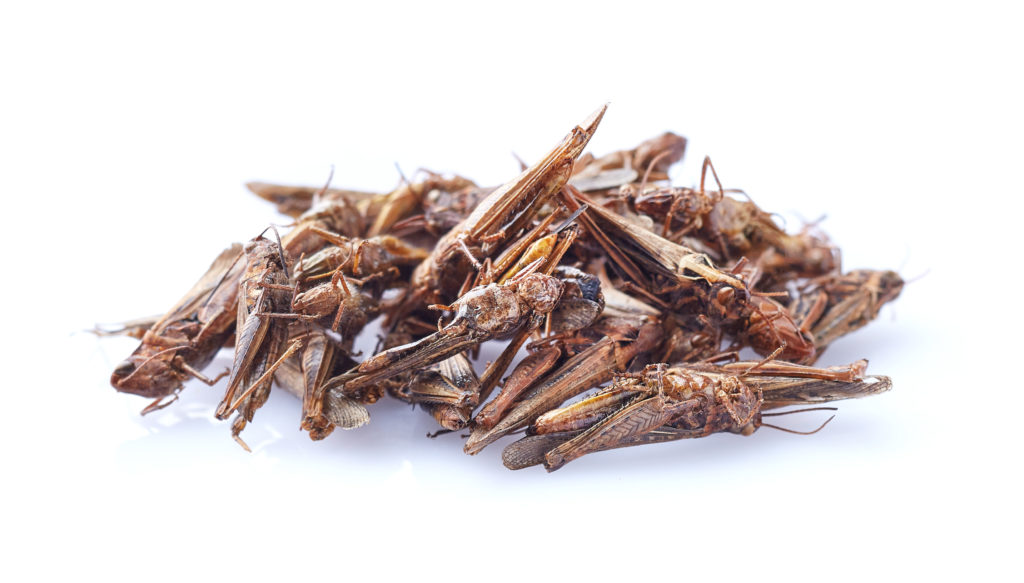The European Union (EU) recently approved the use of the Acheta Domesticus, more commonly known as the house cricket, in European consumers’ food. The newly approved regulation will allow food producers to introduce the partially defatted dry powder of the house cricket into the EU food market.
EU food makers can now use house cricket powder in the production of several foods, including pizza and pasta-based products; nuts and oil seeds; snacks and sauces; meat preparations and soups; multigrain bread and rolls; crackers and breadsticks; cereal bars; dry pre-mixes for baked products; biscuits; processed potato products; legume- and vegetable-based dishes; whey powder; maize flour-based snacks; beer-like beverages; and chocolate confectionery goods.
The approval came after a scientific opinion expressed by the European Food Safety Authority (EFSA), which verified and approved the safety of the new powder. The agency also approved the powder production process, which includes a 24-hour fasting period for the insects before they are frozen, washed, thermally processed, have their oil extracted and, finally transformed into dried-up powder.
Related: Bardee: How One Australian Startup is Tackling Food Waste with Flies
House crickets aren’t the only insect to gain approval in the EU. Earlier this month, the EU Commission also approved the introduction of the frozen, paste, dried and powdered forms of Alphitobius diaperinus larvae, better known as the lesser mealworm, to the consumer food market. The insect’s larvae have also been found safe by the EFSA and, in the approved forms, are now allowed as ingredients in several food products and supplements.
Food containing house cricket or lesser mealworm products will require appropriate labels since some researchers believe that these insects could cause allergic reactions in consumers allergic to crustaceans, dust mites and mollusks.
The two insect preparations will join the list of EU-approved insect foods, including dried Tenebrio Molitor mealworm and the dried powder of the migratory locust, and its regulations will take effect at the end of the month. Aside from these approvals, eight other applications for insect foods have been presented to the EU and are currently under evaluation.
As dietary habits are rapidly changing and the willingness of consumers to try new protein-rich products is increasing, edible insects are gaining more interest among European consumers. Although, increasing the Western appetite for insects may still be a challenge. International consumer acceptance would likely be driven by a change in socio-cultural aspects, product demand, accessibility and sustainability.
Connected to the theme of sustainability, insects can contribute to reducing the burden of food waste, being fed with underused agri-food by-products like vegetables, fruits and starch products or food no longer fit for human consumption. Because of the vertical farming techniques implemented, insect farming requires less arable land as insect farmers use crates aligned vertically to rear their insects.
Despite the growing number of vegetarians and vegans and a shift to plant-based or lab-grown meat, these solutions may not be practical for every country. At the same time, the global demand for meat is still accelerating, so it is critically important to develop more efficient ways to produce those animals that consumers are consistently demanding.












Join or login to leave a comment
JOIN LOGIN